10 Best Herbal Baths For Dry Skin

Herbal baths for dry skin offer a natural and soothing way to hydrate and rejuvenate the skin.
Ingredients such as lavender, oatmeal, chamomile, and calendula are commonly used for their calming and moisturizing properties. These herbs can help to reduce inflammation, soothe irritation, and improve skin texture by providing gentle exfoliation and nourishment. To use an herbal bath, simply add a handful of dried herbs to warm water and soak for 15 to 30 minutes.
This practice not only alleviates dryness but also promotes relaxation and overall skin health.
FREE Herb Drying Checklist
How to make sure every batch retains maximum flavor, color, and aroma without the risk of mold or over-drying. Eliminate guesswork and trial-and-error, making herb drying faster, easier, and more efficient every time.
Table of Contents
1. Aloe barbadensis
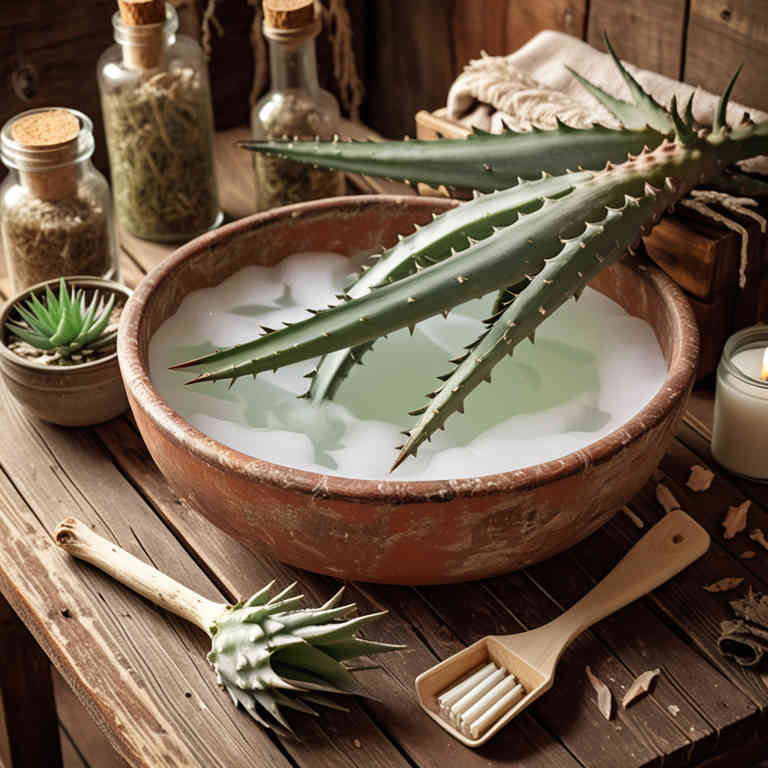
Aloe barbadensis, commonly known as aloe vera, is a versatile herbal remedy that can be effectively used in baths to soothe and rejuvenate dry skin.
When added to warm water during a bath, aloe vera gel helps to moisturize and hydrate the skin by locking in moisture and reducing water loss. Its anti-inflammatory properties can help calm irritated or flaky patches, making it particularly beneficial for those with eczema or psoriasis. The gel also contains enzymes that can gently exfoliate dead skin cells, promoting smoother and healthier skin texture.
Regular use of aloe barbadensis in herbal baths can lead to improved skin elasticity and a more radiant complexion.
2. Equisetum arvense

Equisetum arvense, commonly known as field horsetail, is a valuable herb used in herbal baths for dry skin due to its high concentration of silica and other beneficial compounds.
When used in a bath, it helps to deeply moisturize and soften the skin, providing relief from dryness and flakiness. The herb's natural astringent properties can also help to tighten the skin and improve its overall texture. To prepare an herbal bath, the dried horsetail can be steeped in hot water and then added to a tub, allowing the skin to absorb the nutrients during soaking.
Regular use of equisetum arvense baths can promote skin health and hydration, making it a gentle yet effective remedy for those with dry skin conditions.
3. Urtica dioica

Urtica dioica, commonly known as stinging nettle, can be used in herbal baths to soothe and nourish dry skin.
When prepared as a bath infusion, the leaves release compounds that have anti-inflammatory and detoxifying properties, helping to reduce irritation and redness. The bath can be made by steeping fresh or dried nettle leaves in hot water for several hours before adding the liquid to a warm bath. This natural remedy is particularly beneficial for those with eczema, psoriasis, or other dry skin conditions.
Regular use of urtica dioica baths may help improve skin hydration and promote a healthier, more resilient skin barrier.
4. Lavandula angustifolia

Lavandula angustifolia, commonly known as English lavender, is a popular herb used in herbal baths for its soothing and therapeutic properties.
When infused into bath water, lavender helps to moisturize and soften dry skin by reducing inflammation and promoting skin regeneration. The calming aroma of lavender also has a relaxing effect, helping to ease stress and improve overall well-being. To prepare a lavender bath, simply steep a handful of dried lavender flowers in hot water for several hours, then add the infusion to a warm bath.
Regular use of lavender-infused baths can provide long-term relief for dry, irritated skin while leaving it feeling refreshed and rejuvenated.
5. Hypericum perforatum

Hypericum perforatum, commonly known as St. John's Wort, has been traditionally used in herbal baths to soothe and moisturize dry skin.
When infused into bath water, the essential oils and phytochemicals in St. John's Wort can help reduce inflammation and promote skin healing. The mild antiseptic properties of the herb may also help prevent infections in cracked or irritated skin. A warm bath with St. John's Wort infusion can provide a calming and therapeutic experience, easing discomfort associated with dryness.
However, it is important to consult with a healthcare provider before use, especially for those taking medications, as St. John's Wort can interact with certain drugs.
6. Rosa canina
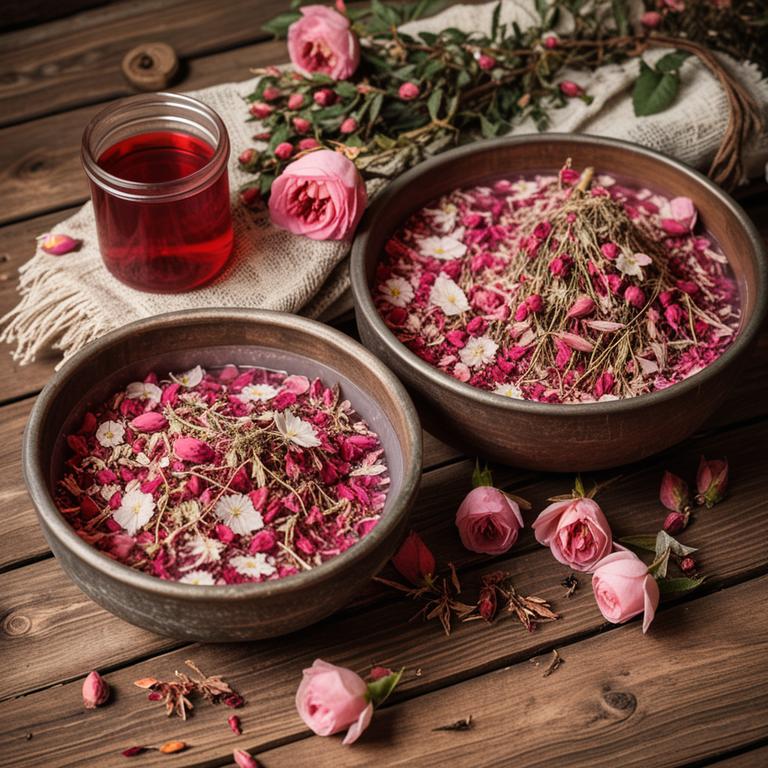
Rosa canina, commonly known as rosehip, is a powerful herbal remedy that can be used in baths to soothe and nourish dry skin.
The oil extracted from rosehips is rich in essential fatty acids, vitamins, and antioxidants, which help to hydrate and restore the skin's natural barrier. When added to a warm bath, rosehip oil can penetrate the skin deeply, providing long-lasting moisture and improving skin elasticity. Regular use of rosa canina herbal baths can help reduce the appearance of dryness, flakiness, and even minor skin irritations.
This natural treatment is gentle enough for all skin types and offers a calming, aromatic experience that promotes overall skin health.
7. Saponaria officinalis
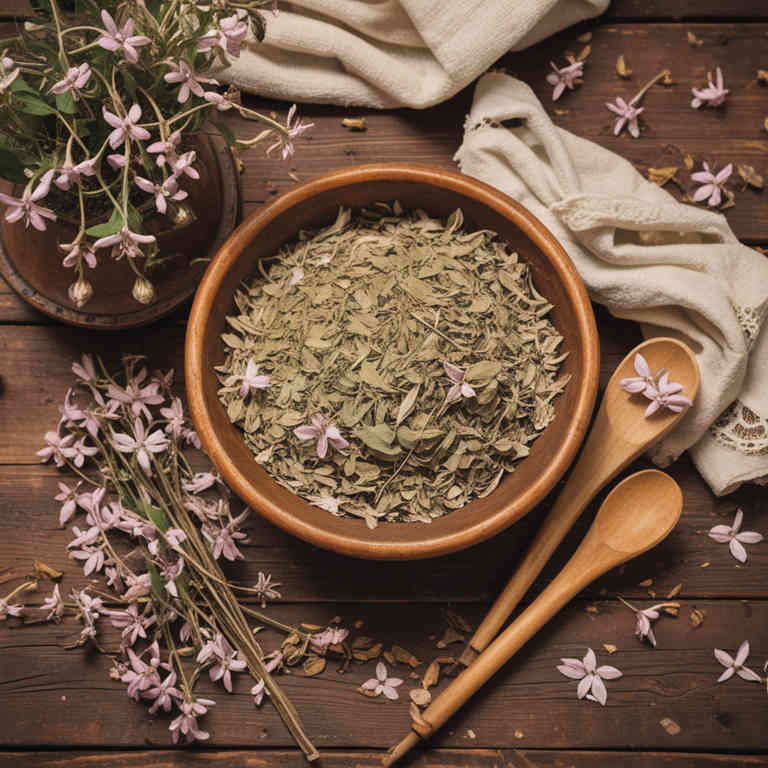
Saponaria officinalis, commonly known as soapwort, is a traditional herbal remedy that has been used for centuries to soothe and nourish dry skin.
Its leaves and roots contain saponins, which create a gentle foaming action when mixed with water, helping to cleanse the skin without stripping its natural oils. Herbal baths with saponaria officinalis can be particularly beneficial for those with dry, flaky, or sensitive skin, as they provide a mild exfoliating effect while moisturizing the skin. To prepare a bath, steep the dried leaves in boiling water for several hours, then add the infused liquid to a warm bath for a relaxing and therapeutic soak.
Regular use of saponaria officinalis baths can help improve skin texture, reduce dryness, and promote a sense of calm and well-being.
8. Camellia sinensis
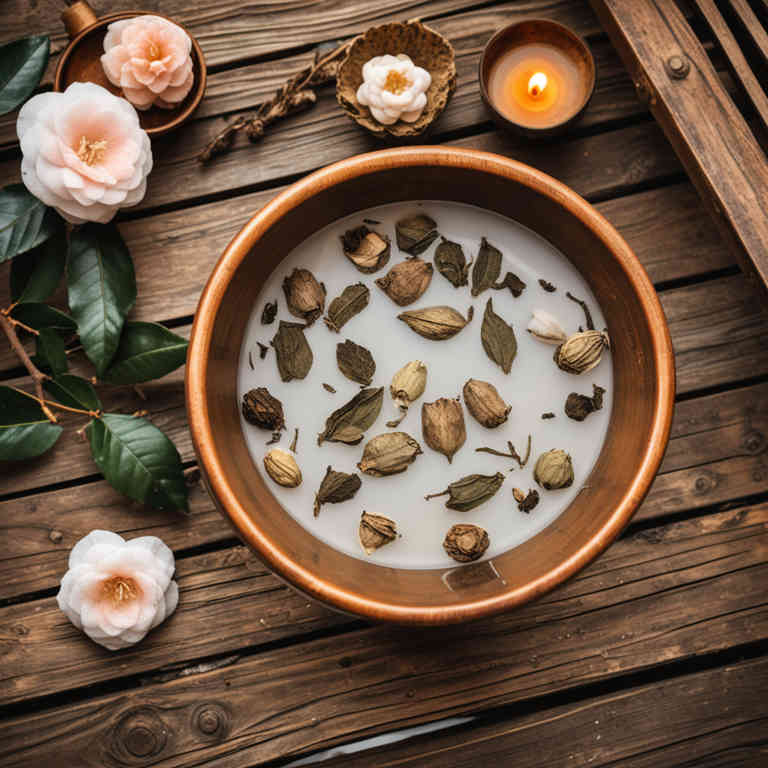
Camellia sinensis, commonly known as the tea plant, is the source of various herbal baths that can benefit dry skin due to its high concentration of antioxidants and anti-inflammatory properties.
These baths are often infused with camellia sinensis leaves or extracts, which help to nourish and soothe the skin by improving moisture retention and reducing irritation. The natural compounds in camellia sinensis, such as catechins and polyphenols, work to enhance skin hydration and promote a healthy skin barrier. Regular use of camellia sinensis herbal baths can lead to a noticeable improvement in skin texture, softness, and overall appearance.
However, it is important to ensure proper dilution and patch testing to avoid any potential skin sensitivities.
9. Silybum marianum
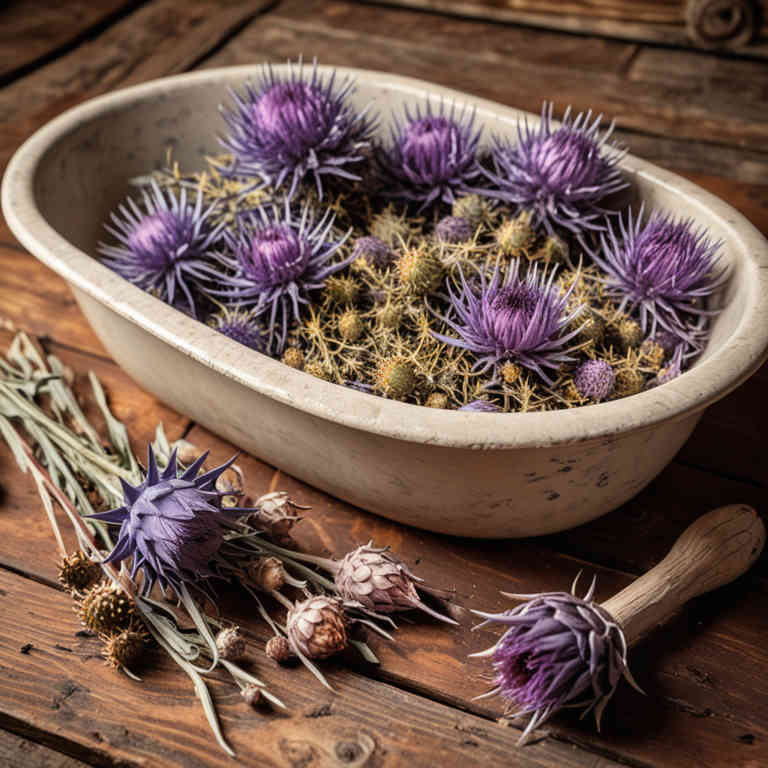
Silybum marianum, also known as milk thistle, is a herbal remedy that has been traditionally used for its potential skin benefits.
When incorporated into herbal baths, silybum marianum can help soothe and nourish dry skin due to its antioxidant and anti-inflammatory properties. The active compound, silymarin, may help repair damaged skin cells and improve skin texture. To use it, you can steep dried milk thistle seeds in hot water and then add the infusion to a warm bath.
Regular use of silybum marianum herbal baths may provide relief from dryness and promote a healthier, more radiant complexion.
10. Sutherlandia frutescens
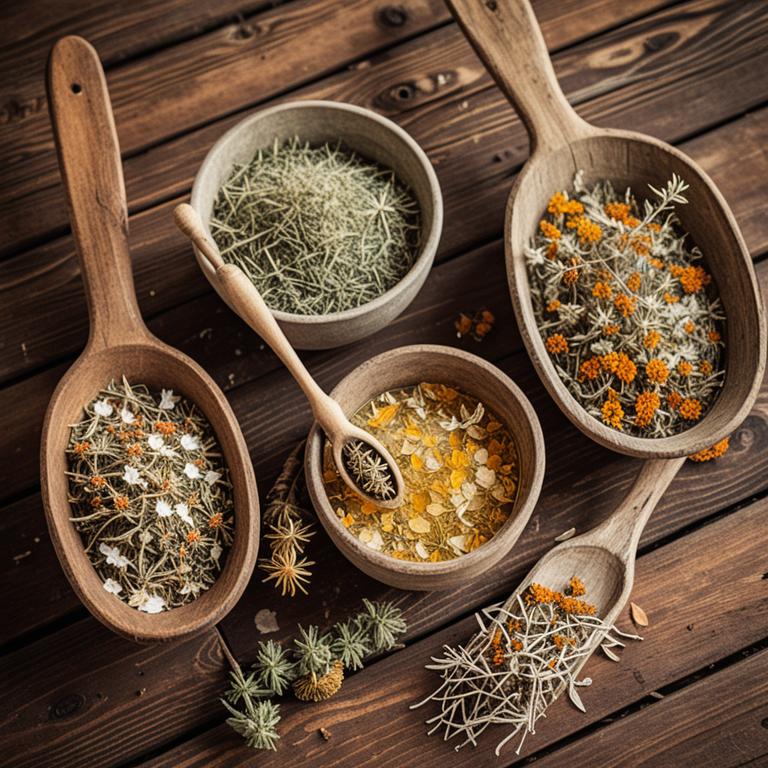
Sutherlandia frutescens, commonly known as the "cancer bush," is a traditional South African herb that has been used for its purported skin-healing properties.
Herbal baths infused with Sutherlandia frutescens may help soothe and moisturize dry skin by promoting skin hydration and reducing irritation. The plant contains bioactive compounds such as alkaloids and flavonoids, which are believed to have anti-inflammatory and antioxidant effects. To use it for dry skin, the dried leaves can be steeped in warm water to create a nourishing bath soak.
While more scientific research is needed, many individuals report improved skin texture and reduced dryness after regular use of Sutherlandia-based baths.